
TL;DR: Today we’re releasing a new episode of our podcast AI & I. I go in depth with Evan Armstrong, the lead writer at Every. We get into how we use AI in the four stages of our writing process: having good taste, choosing a topic, the craft of writing, and building an audience. Watch on X or YouTube, or listen on Spotify or Apple Podcasts.
Evan Armstrong and I are publishing some of the best work of our lives—and we’re using AI to do it.
In this episode, we conduct an expert workshop on how language models feed our obsession with words and help us write for more than 78,000 readers every day.
Evan is the lead writer at Every who explores profit and power in technology in his twice-weekly column Napkin Math. We’ve been working together for three years, and I think Evan is smart, funny, and ineffably curious about the intersection of business and technology. He has the rare combination of business acumen, way with words, and crazy that is required to be a professional writer.
Evan is teaching a course on how to write with AI later this month, and we structured this conversation around the four segments of the class:
- Having taste—understanding what good is
- Picking a topic—knowing what to write about
- Crafting an essay—everything from sketching out an outline to editing
- Building an audience—learning how to reach people
As we talk, we use AI to identify my taste in books and movies live on the show. We also discuss how Claude is integrated into my research process, screen sharing through a Project I created for a long-form essay that I’m currently working on, and my workflow inside the LLM to come up with relevant metaphors. Evan takes me through the routine that makes it possible for him to consistently publish two essays every week, and screen shares the way he pushes through writer’s block with AI-powered word processor Lex and uses research tool Consensus to master new topics quickly.
I came out of this conversation learning more about how I can use AI in my process and I’m certain you will, too. Here’s a link to the transcript of this episode.
This is a must-watch for aspiring writers, or anyone whose job involves writing more than six sentences in a row.
Watch on X or YouTube, or listen on Spotify or Apple Podcasts.
Go deeper with Evan and Dan
Every paid subscribers can read the top takeaways from this episode, such as:
- How Evan articulates what his taste is—and how he uses LLMs to explore art across different forms
- The way I use a Claude’s Project feature to distill my research notes into a clear thesis
- Evan’s routine to maintain a twice-weekly publishing cadence
- How we think about using AI tools to build a strong distribution muscle
Want to get all of this and more? Subscribe to Every below.
The Only Subscription
You Need to
Stay at the
Edge of AI
The essential toolkit for those shaping the future
"This might be the best value you
can get from an AI subscription."
- Jay S.
Join 100,000+ leaders, builders, and innovators

Email address
Already have an account? Sign in
What is included in a subscription?
Daily insights from AI pioneers + early access to powerful AI tools
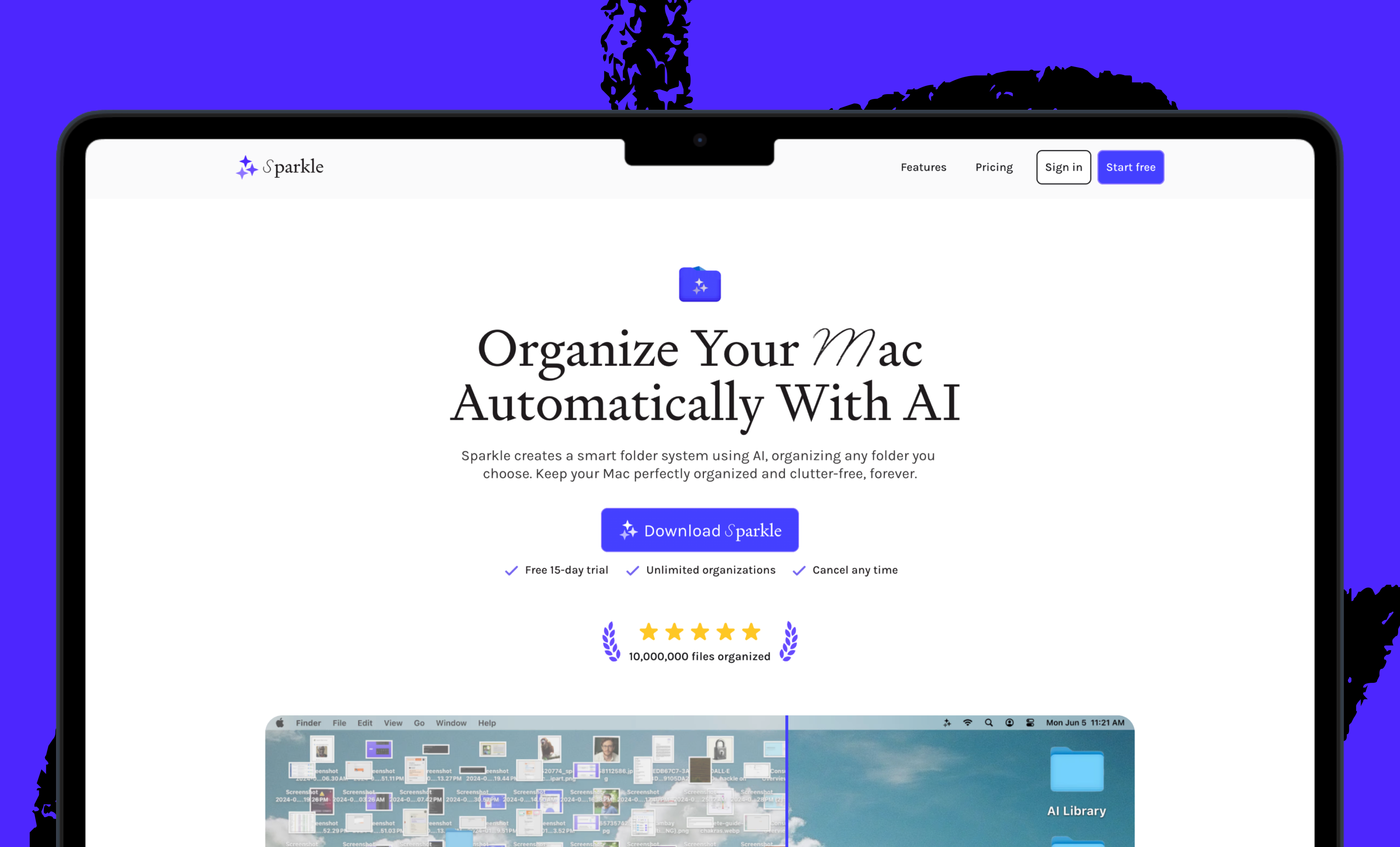
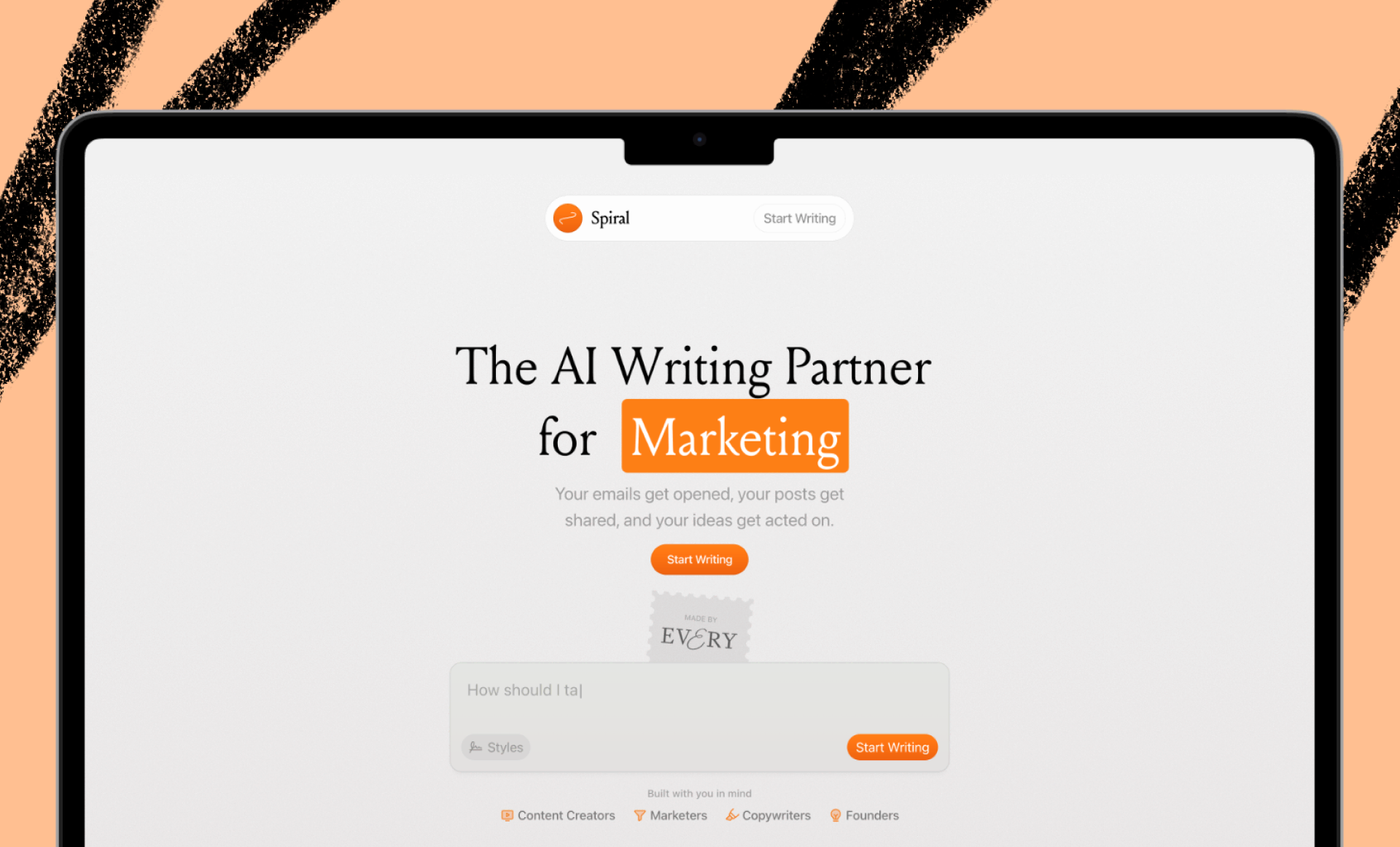

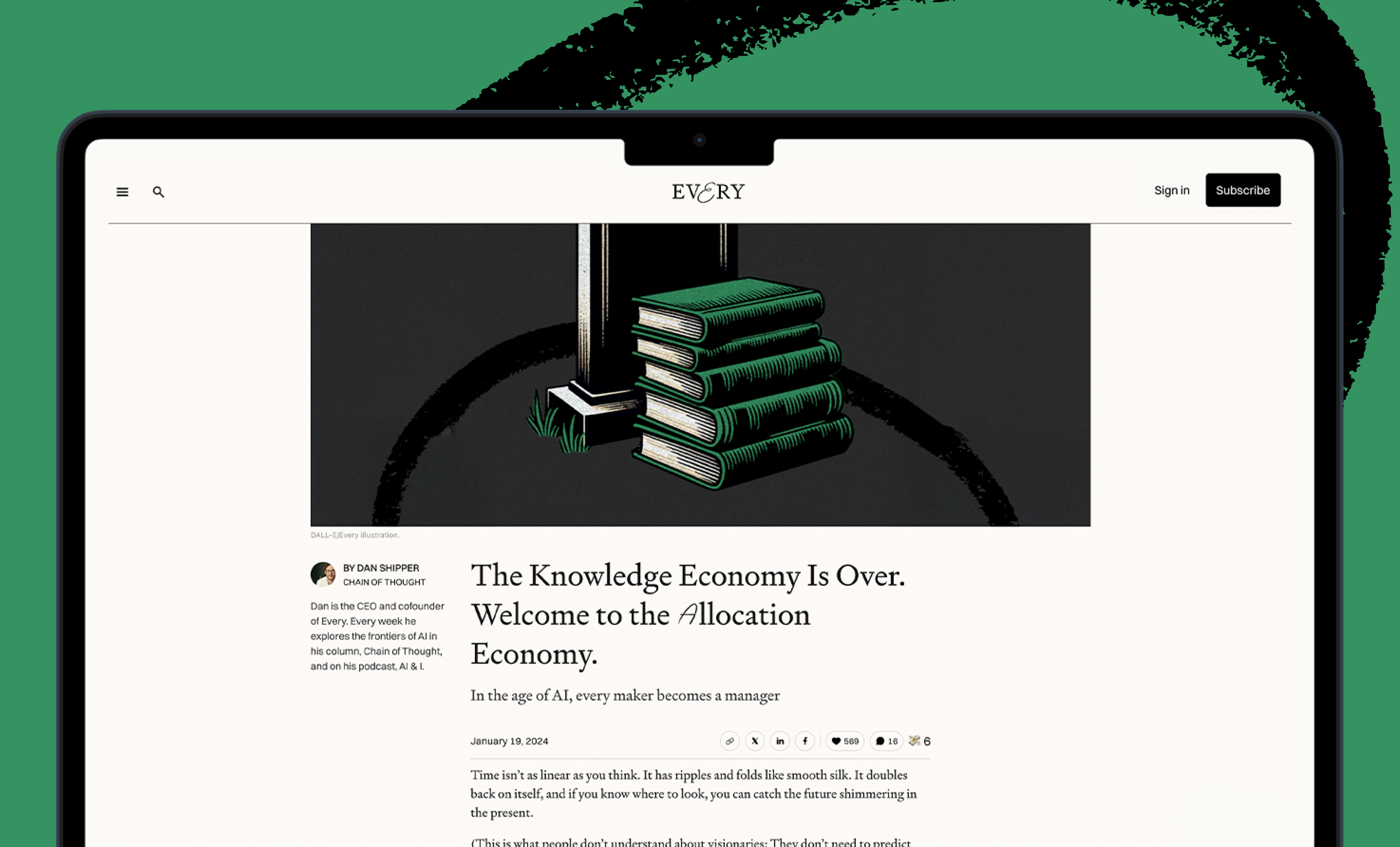
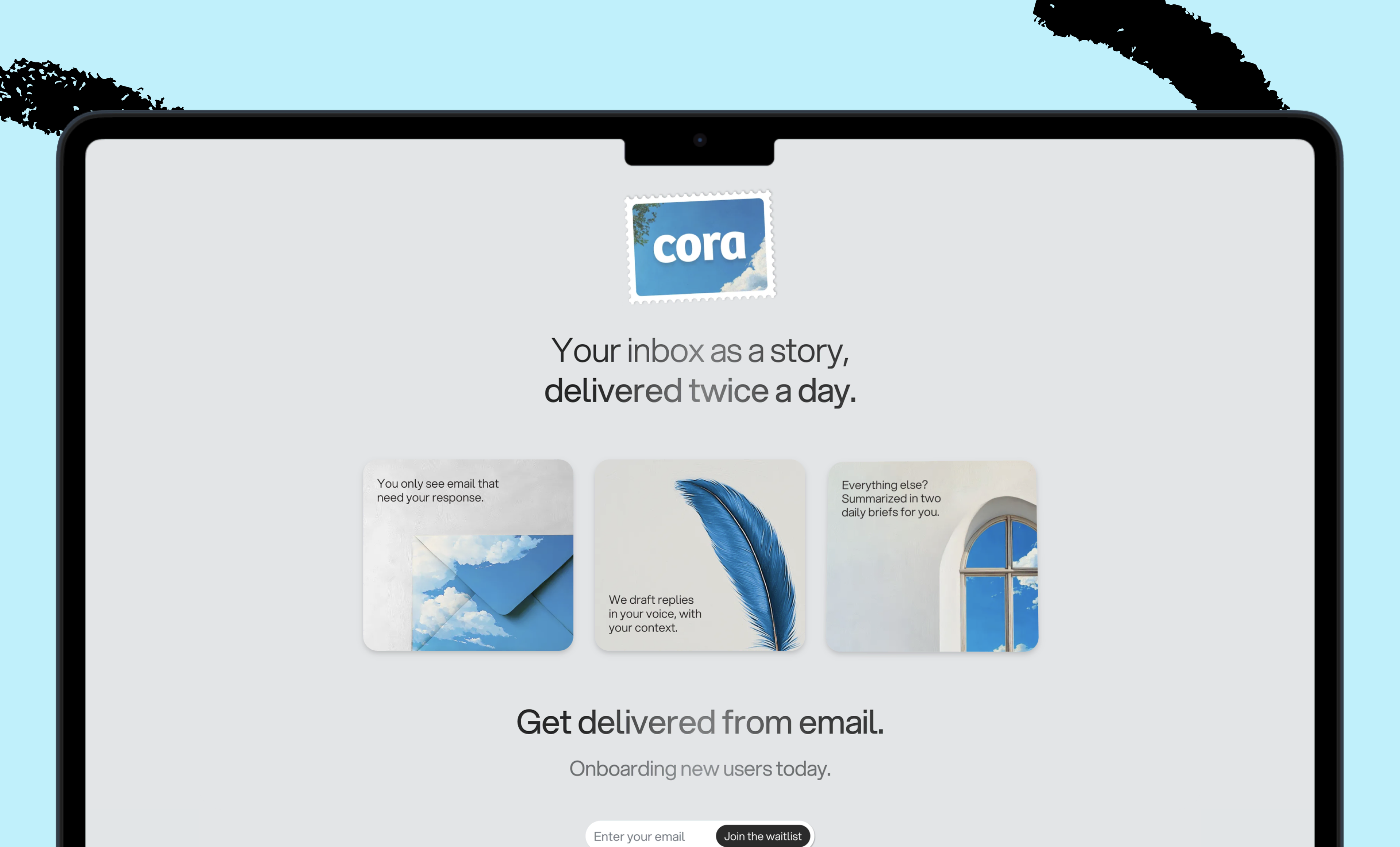
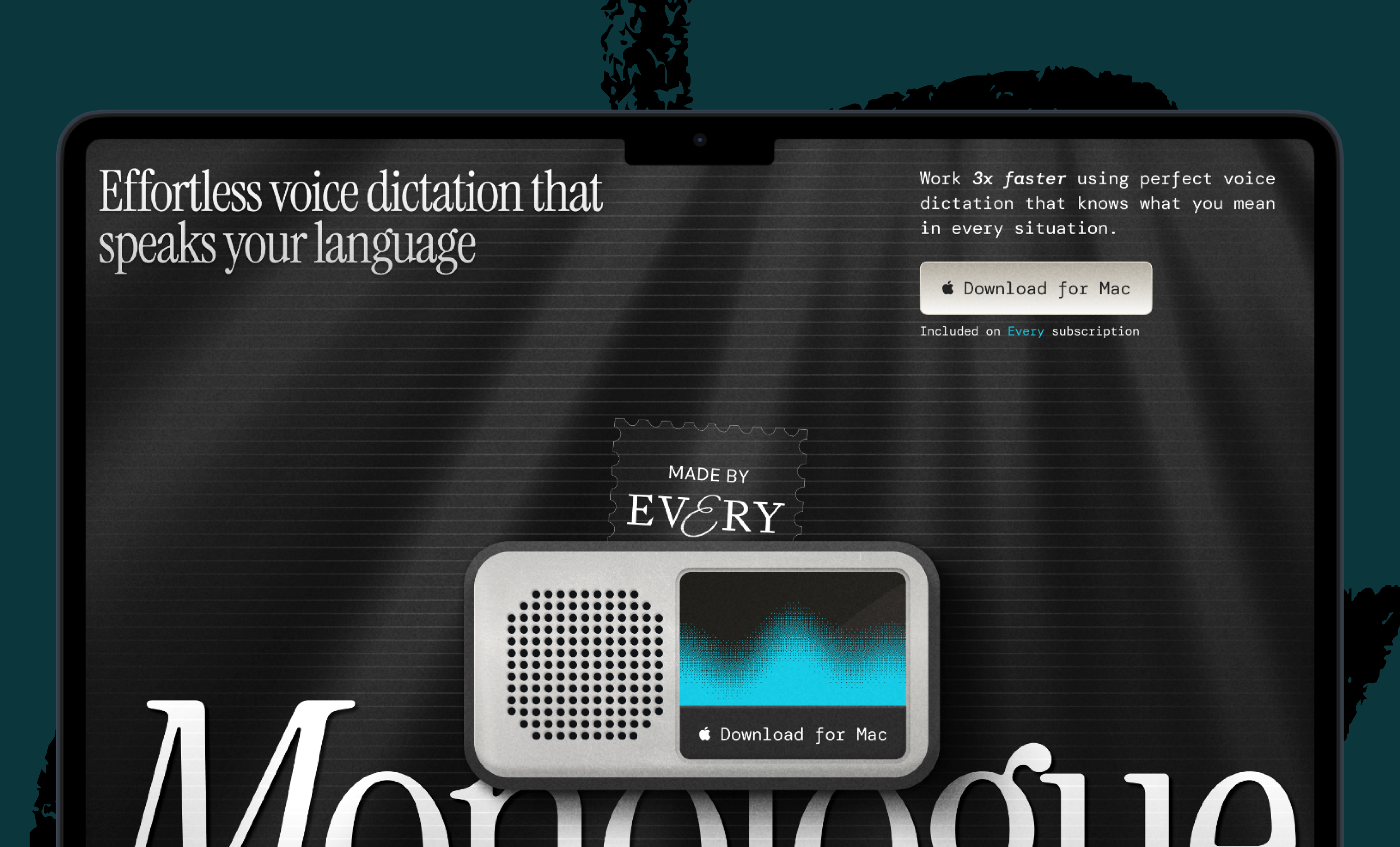


.31.48_AM.png)